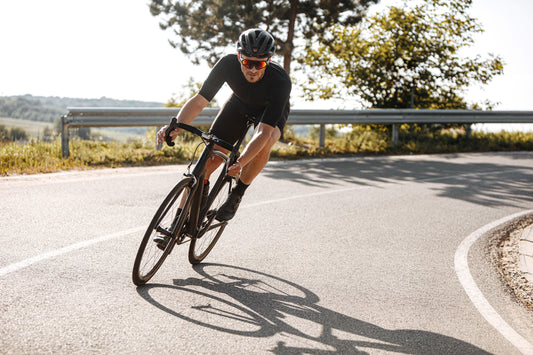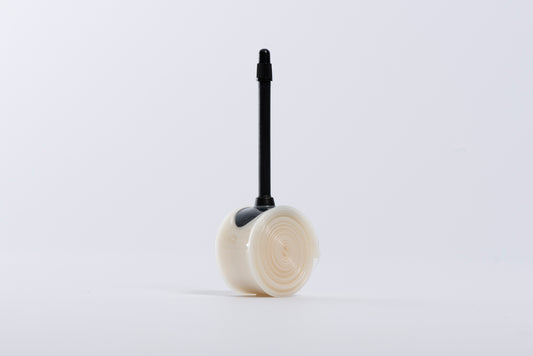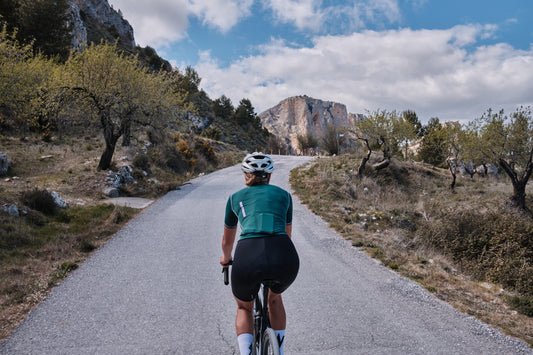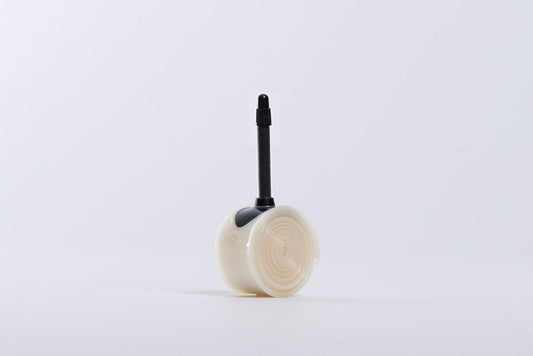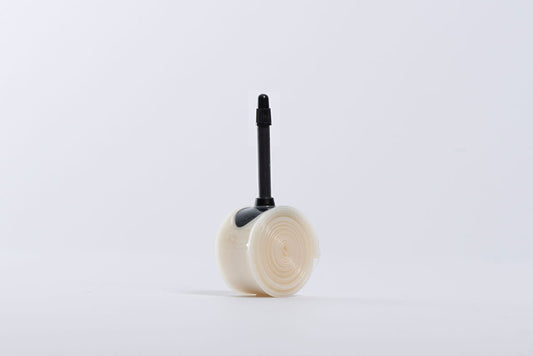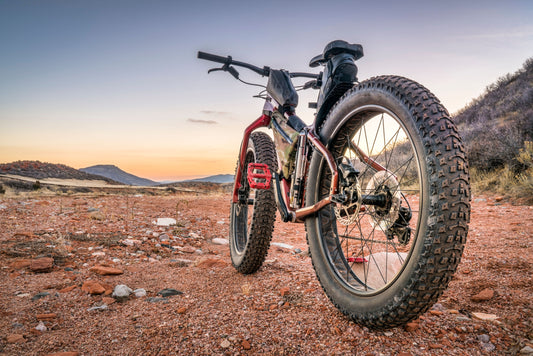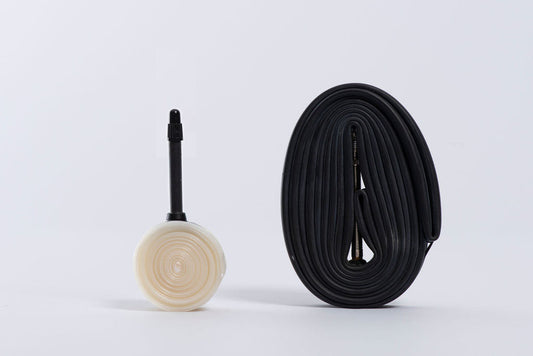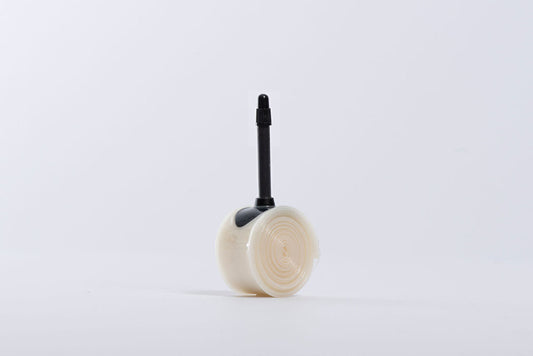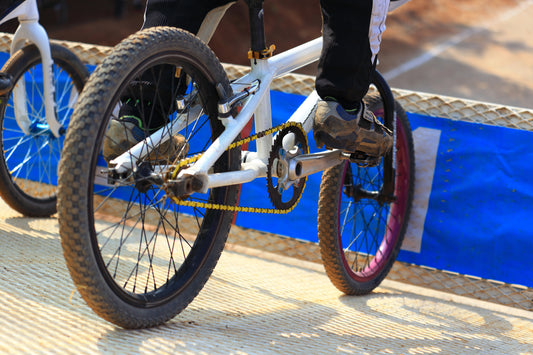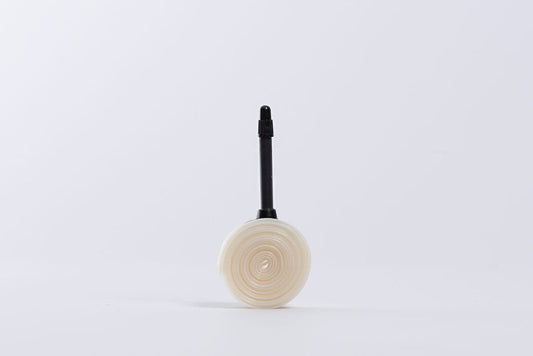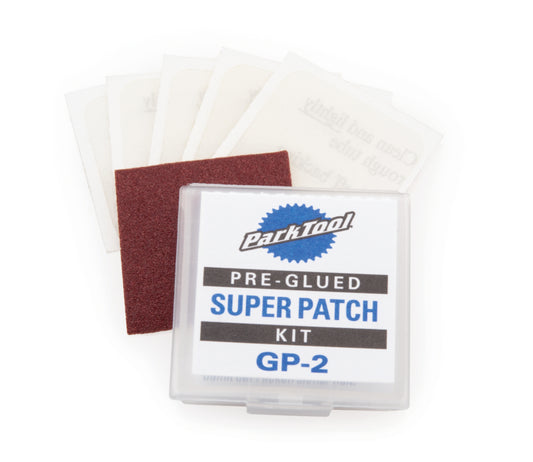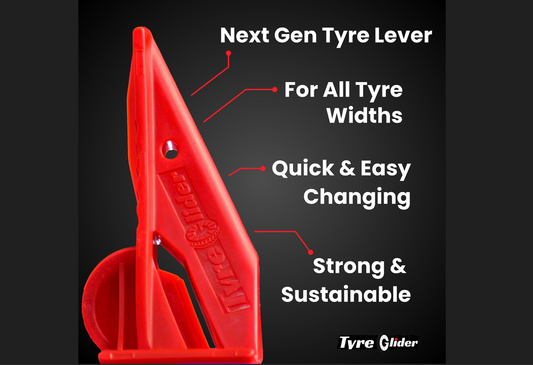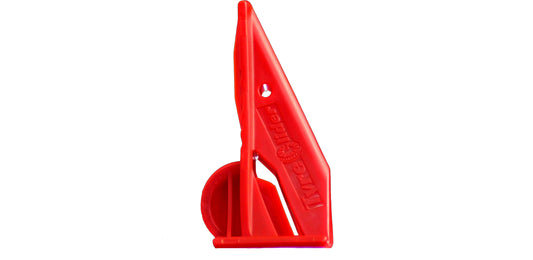When it comes to cycling, you have an endless number of set-up options for your bike, and that’s a wonderful thing. You can completely personalize it for your style of riding and the cycling experience that you want to take from it.
A question that many cyclists have asked in the past few years is, “Should I be using tubes or tubeless?” The answer was always a debate, but that’s now really changed with the invention of TPU tubes, bringing many cyclists back to inner tubes.
Still trying to figure out what TPU tubes are? Well, you’re in the right place to find out. In this article, we're going to be telling you everything that you need to know. We are going to be discussing:
- What Is TPU?
- What Are TPU Tubes?
- The Advantages Of TPU Tubes
- The Disadvantages Of TPU Tubes
- Are TPU Tubes For You?

What Is TPU?
TPU stands for “Thermoplastic Polyurethane.” It’s a plastic material used for many applications such as footwear, medical supplies, automotive parts, clothing, and even luggage.
It’s an incredible material because it’s lightweight, strong, very flexible, resistant to liquids, and can be repaired fairly easily. One of the best features is that it can be incredibly rigid or very flexible, depending on the application.

What Are TPU Tubes?
TPU Tubes are quite simply inner tubes that are made from TPU instead of Butyl or Latex inner tubes. They have been around for a few years, but it’s only recently they are becoming increasingly popular with all types of cyclists.
They can offer amazing performance for a racing cyclist. They are lighter, more minimalist option for a long-distance cyclist or bikepacker, and they could be the difference between a win or a loss for a track cyclist.
An Example Of A TPU Tube
A good example of an excellent TPU Inner Tube is the 700c TPU Nano Tube. Coming in a 700c diameter and designed for widths from 18c all the way to 63c, it’s perfect for road and gravel cycling.
This TPU tube is very resilient to punctures and can even be repaired if required. They work for both rim brakes and disc brakes and have a removable valve core.
Coming in at only 39g, it’s incredibly like and roughly 25% of what a normal inner tube would weigh. That’s a saving of 140g per wheel. A total of 280g, which is the difference between a basic aluminum and carbon fiber wheelset in some cases.
Another fantastic feature is they are around 30% of the size of a typical standard butyl tubes, which makes carrying spares much easier, and it means you can carry more if required. A lot of cyclists use these as a backup for tubeless systems.

The Advantages Of TPU Tubes
TPU inner tubes come with some incredible advantages. Here’s why you might want to consider switching over.
Lightweight
The biggest advantage of TPU tubes is that they are very lightweight. Surprisingly, you are saving a huge amount of weight, and being on the wheels makes the bike feel incredibly agile, and it helps those wheels spin up fast.
Compared to a butyl inner tube, you are saving around 140g per wheel, so 280g in total. Although 280g might not sound like much, it makes a difference. If you have a 10kg bike, that’s nearly 3% of the weight removed.
It's also interesting to compare weight savings per dollar spent. We have done that for you in our article "TPU tubes - your best value bike upgrade"
Rolling Resistance
You will also find that TPU tubes also create low rolling resistance compared to butyl rubber inner tubes. This can make you faster and give you a much better experience under acceleration. For the day-to-day cyclist, you might not notice much, but a pro racer would feel the difference.
Puncture Resistance
Next, we have puncture resistance. TPU is stronger than butyl, and it takes much more to pierce compared to it. So when you get something stuck in your tires, such as a small rock or flint, there’s less chance of it making it pop.
It’s not like tubeless, where it can self-heal, but it does offer a level of resilience that you wouldn’t typically get. I found by searching the tires after each ride, you often find flint that typically you would expect to have punctured when it hasn’t.

Smaller Packages
People are very surprised at the sheer size of TPU tubes when they first get them. They are incredibly small and typically 30% of the size of a butyl equivalent. This means you can carry more spares, have less weight on the bike, and are much more packable for bikepacking.
Recyclable
TPU is much better for the environment. They’re easier to repair, and they generally are built to last much longer than butyl and don’t break down as quickly. It can also be reused and recycled at proper centers instead of heading to landfills.
Patchable
Most people assume TPU tubes are not patchable when actually they are. You can buy special patches, and you can continue to use them even after a puncture. We recommend Park Tools GP2 preglued patches. They are quick, easy and very long lasting.
Running Lower Pressures
TPU tubes are better at running lower pressures than butyl and latex tubes. Being less flexible in shape and slightly more rigid, they are much less at risk of pinch flats than a super flexible butyl rubber inner tube.

The Disadvantages Of TPU Tubes
TPU tubes are fantastic but also come with a few disadvantages that are important to speak about. Here’s why you might not consider them.
Cost
TPU, although coming down in price, still is more expensive. Most companies want $US50 a tube, but we do them as little as $US25. The initial cost is more, but it’s important to understand the tubes will perform much better and last much longer. It's also worth noting that is you are upgrading to TPU instead of Tubeless the total cost to do so is lower with TPU.
Sizing
When using butyl tubes, if you don't have the exact sizes, sometimes you can get away with the tube being a little bit bigger or a little bit smaller. With TPU, you really need to be using the correct size, as it doesn’t flex as much.

Are TPU Tubes For You?
TPU tubes are fantastic and, as an upgrade, are incredible. They offer huge value for money regarding reducing weight and making you much faster. Although they are fantastic in the majority of situations, when do they offer an advantage, and when should they be avoided?
When To Use TPU Tubes
TPU tubes can be used in the majority of situations for improvement. They offer the most advantages when it comes to road and gravel cycling. They are an amazing upgrade offering performance from lighter wheels, less rolling resistance, and even lighter spares.
This is where we see most people use TPU tubes and where they have the most value. On these lighter, faster bikes where every gram matters, the TPU tube can make a massive difference and be an advantage over competitors.
When You Might Not Find TPU Tubes As Useful
TPU inner tubes can be used when it comes to mountain biking, but a lot of riders find tubeless more efficient if they are running super low pressure. Tubeless is harder to set up, can be messy, and does come more expensive, but the advantages off-road can offer more than TPU for some riders.

A Final Note
The best TPU tubes offer amazing advantages and, although they have been around a while, are becoming increasingly popular. We highly recommend using TPU for your inner tube materials. They can offer more than a butyl or latex tube and can maximize your inner tubes performance.
If you enjoyed this article you might like, TPU Vs Butyl, TPU Vs Latex, and TPU The Pros And Cons.
